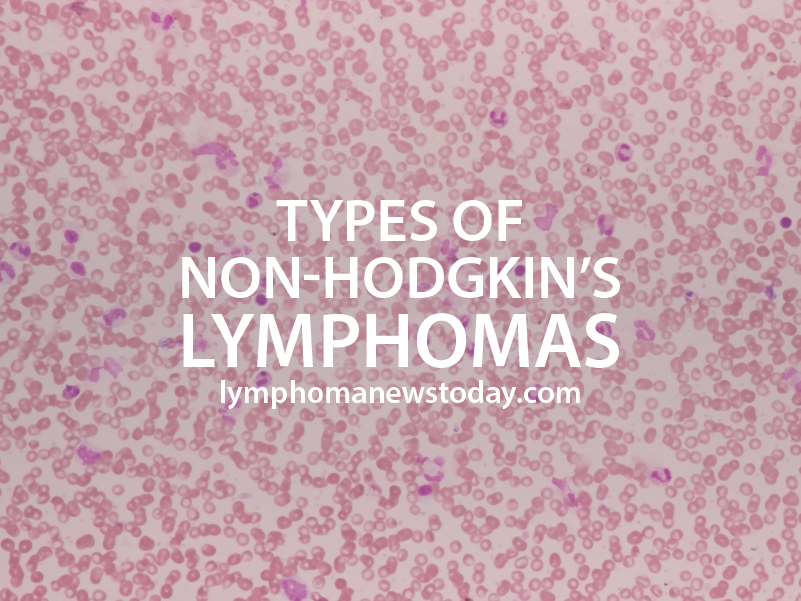
According to cancer.org, classifying non-Hodgkin lymphoma (NHL) can be quite confusing (even for doctors). There are so many types and several different systems have been used. The most recent system is from the World Health Organization (WHO) classification. The WHO system groups lymphomas based on how they look under a microscope, the chromosome features of the lymphoma cells, and the presence of certain proteins on the surface of the cells. (Older systems classified lymphomas only by how the cells looked under a microscope.)
The more common types of lymphoma are listed below according to whether they are B-cell or T-cell lymphomas. Some rarer forms of non-Hodgkin lymphoma are not discussed here.
B-cell lymphomas
- Diffuse large B-cell lymphoma
- Follicular lymphoma
- Chronic lymphocytic leukemia /small lymphocytic lymphoma
- Mantle cell lymphoma
- Marginal zone B-cell lymphomas
- Burkitt lymphoma
- Lymphoplasmacytic lymphoma (Waldenstrom macroglobulinemia)
- Hairy cell leukemia
- Primary central nervous system (CNS) lymphoma
T-cell lymphomas
- Precursor T-lymphoblastic lymphoma/leukemia
- Peripheral T-cell lymphomas
- Cutaneous T-cell lymphomas (mycosis fungoides, Sezary syndrome, and others)
- Adult T-cell leukemia/lymphoma
- Angioimmunoblastic T-cell lymphoma
- Extranodal natural killer/T-cell lymphoma, nasal type
- Enteropathy-associated intestinal T-cell lymphoma (EATL)
- Anaplastic large cell lymphoma (ALCL)
- Peripheral T-cell lymphoma, unspecified
Learn more about all of them here: http://bit.ly/1H00O0E
Learn more about how Non-Hodgkin’s Lymphoma Clinical Trials Work here: http://bit.ly/1ORd2v4
If you wish to learn more about Lymphoma access here: http://bit.ly/1UwWKe6

